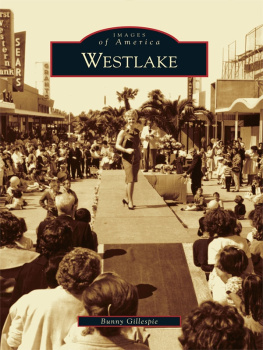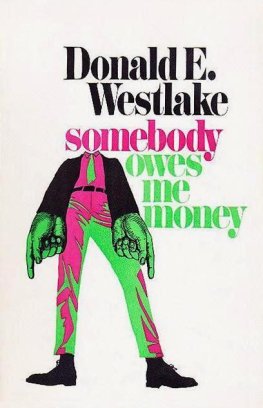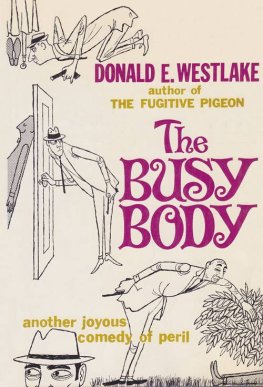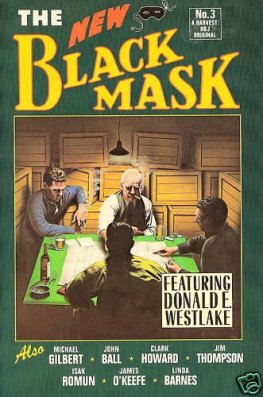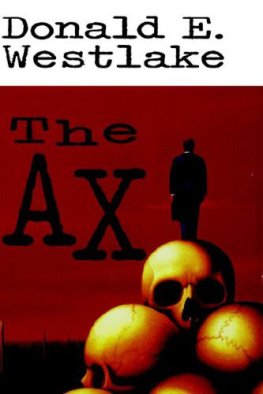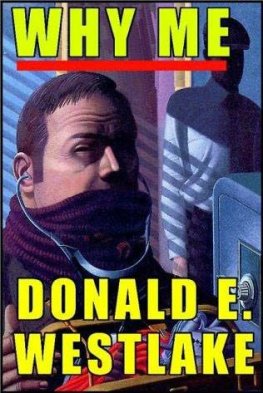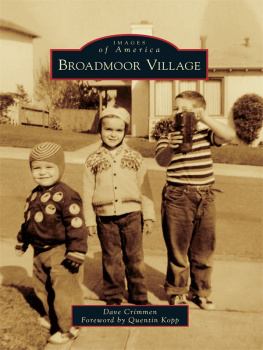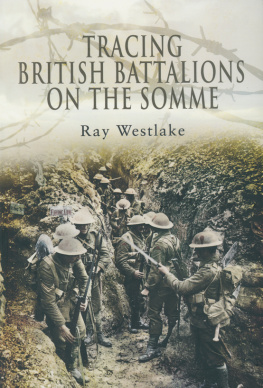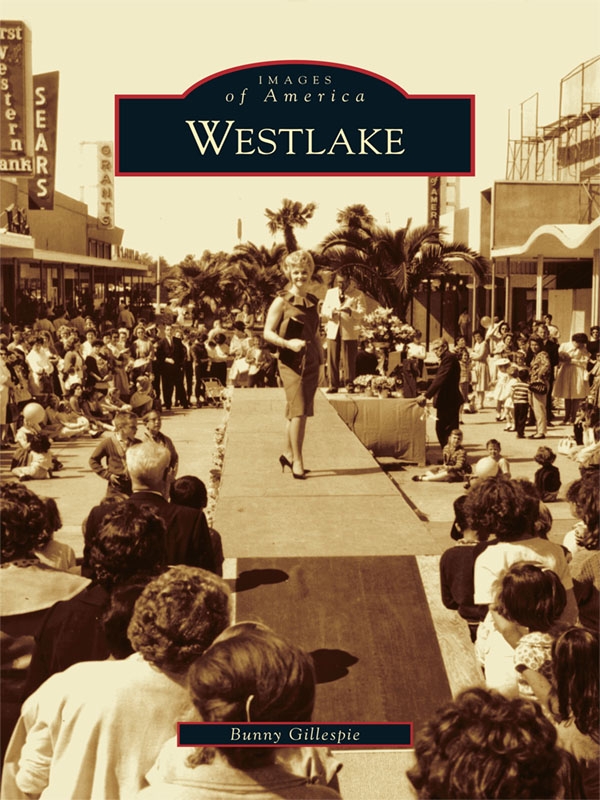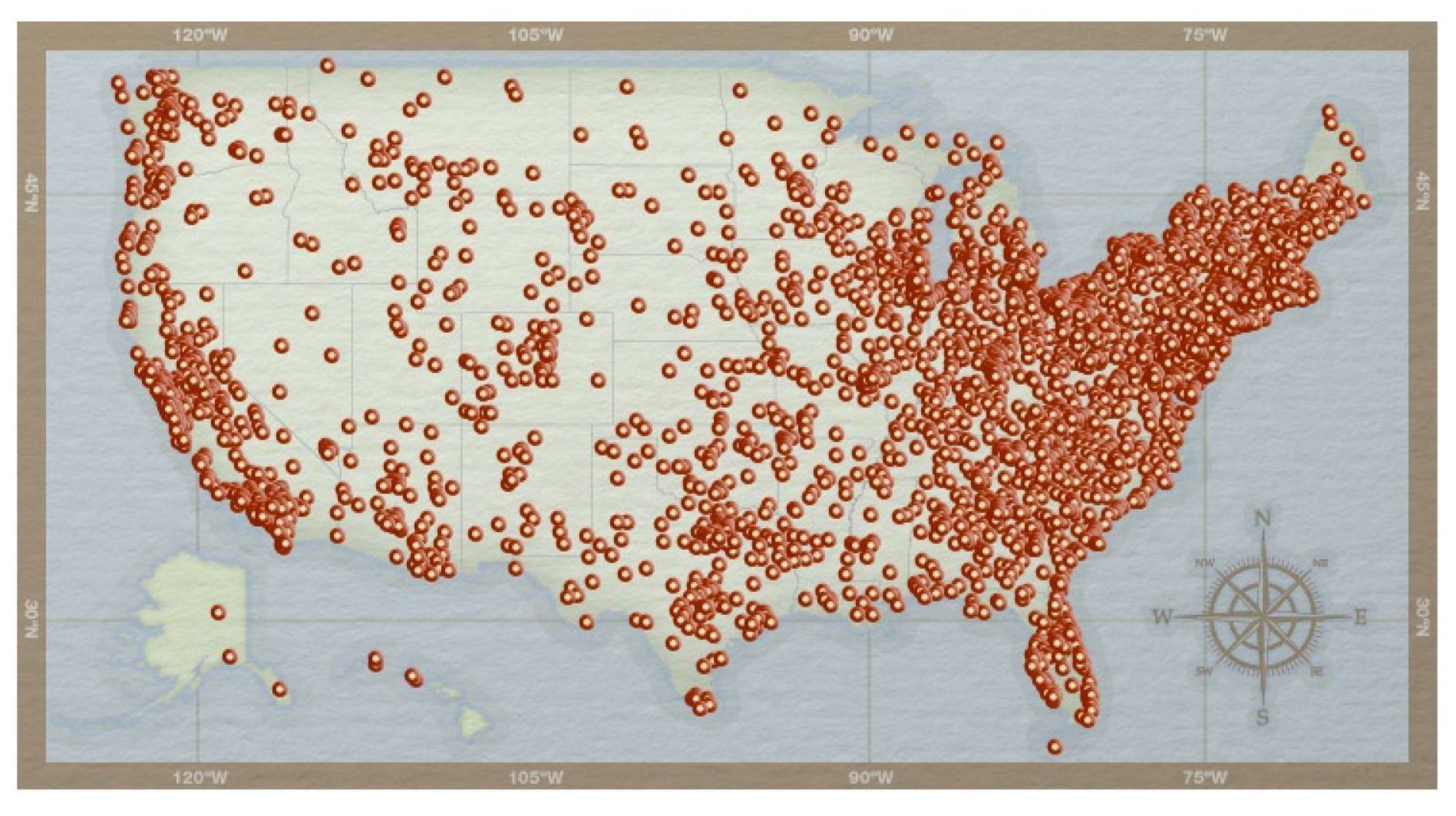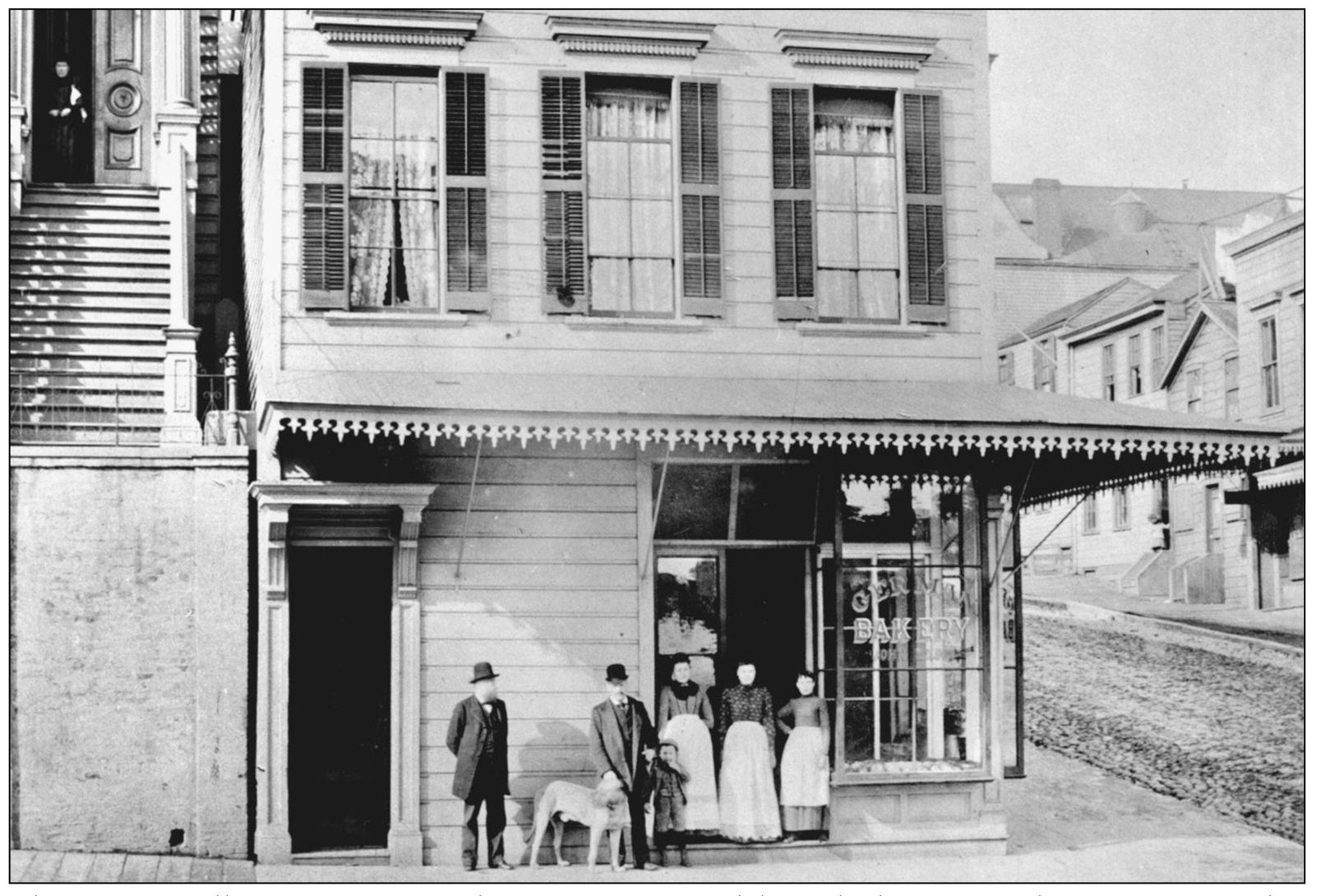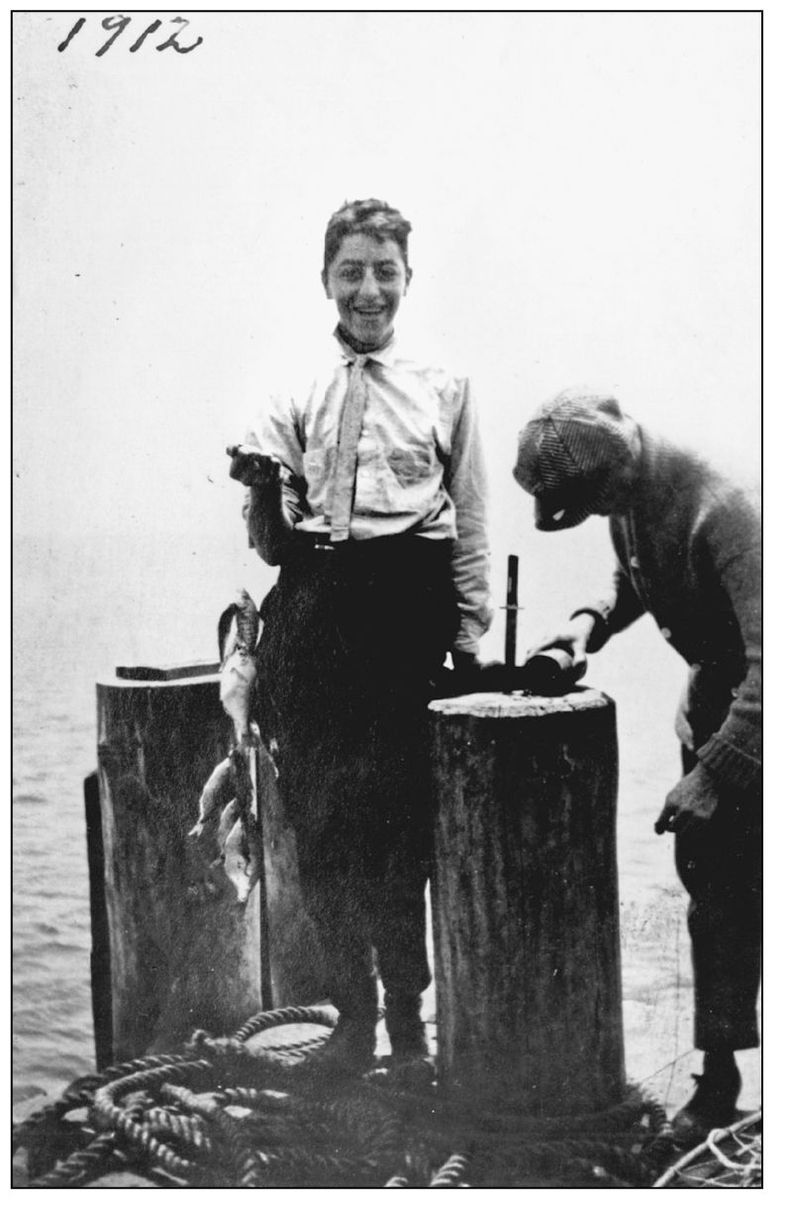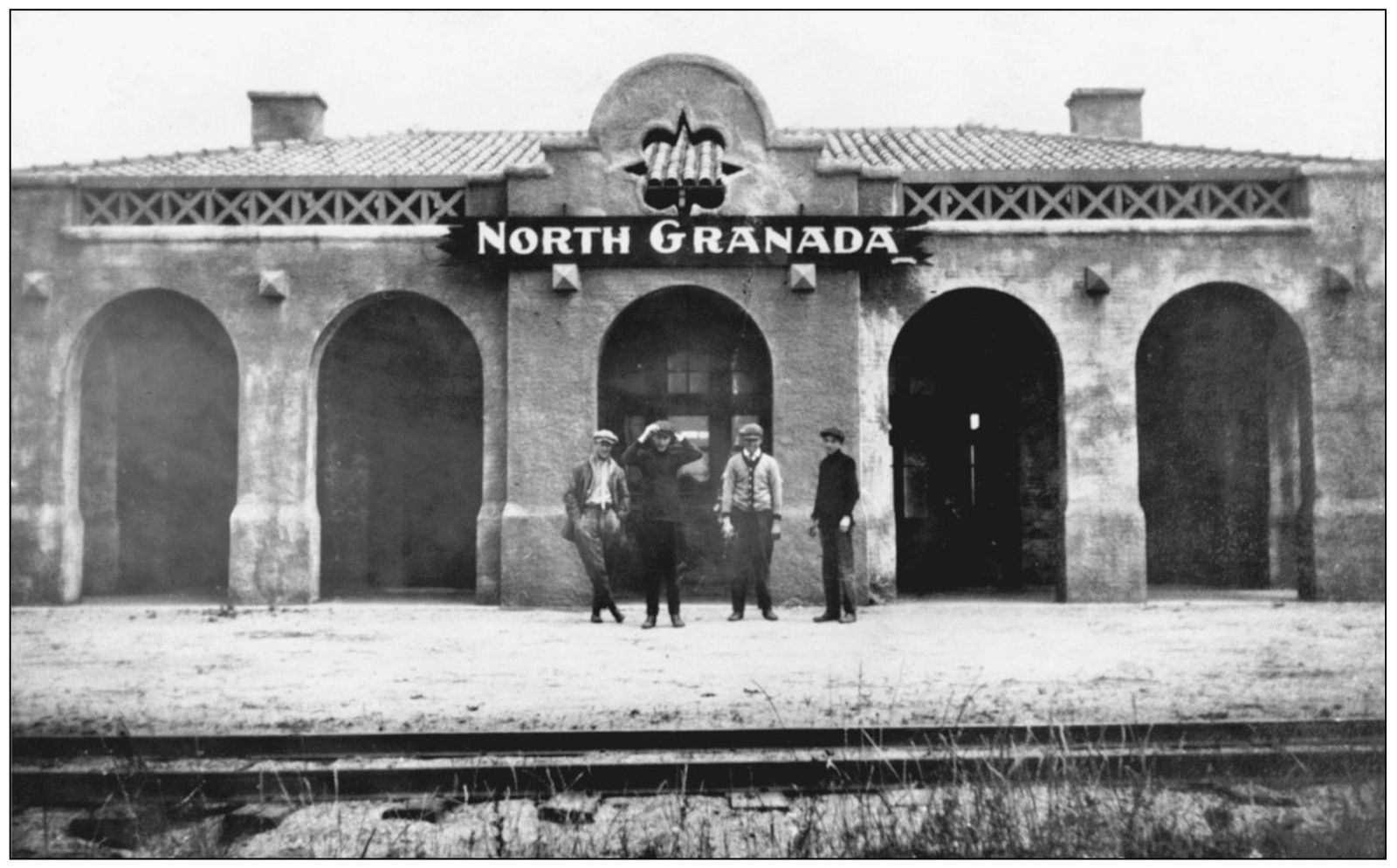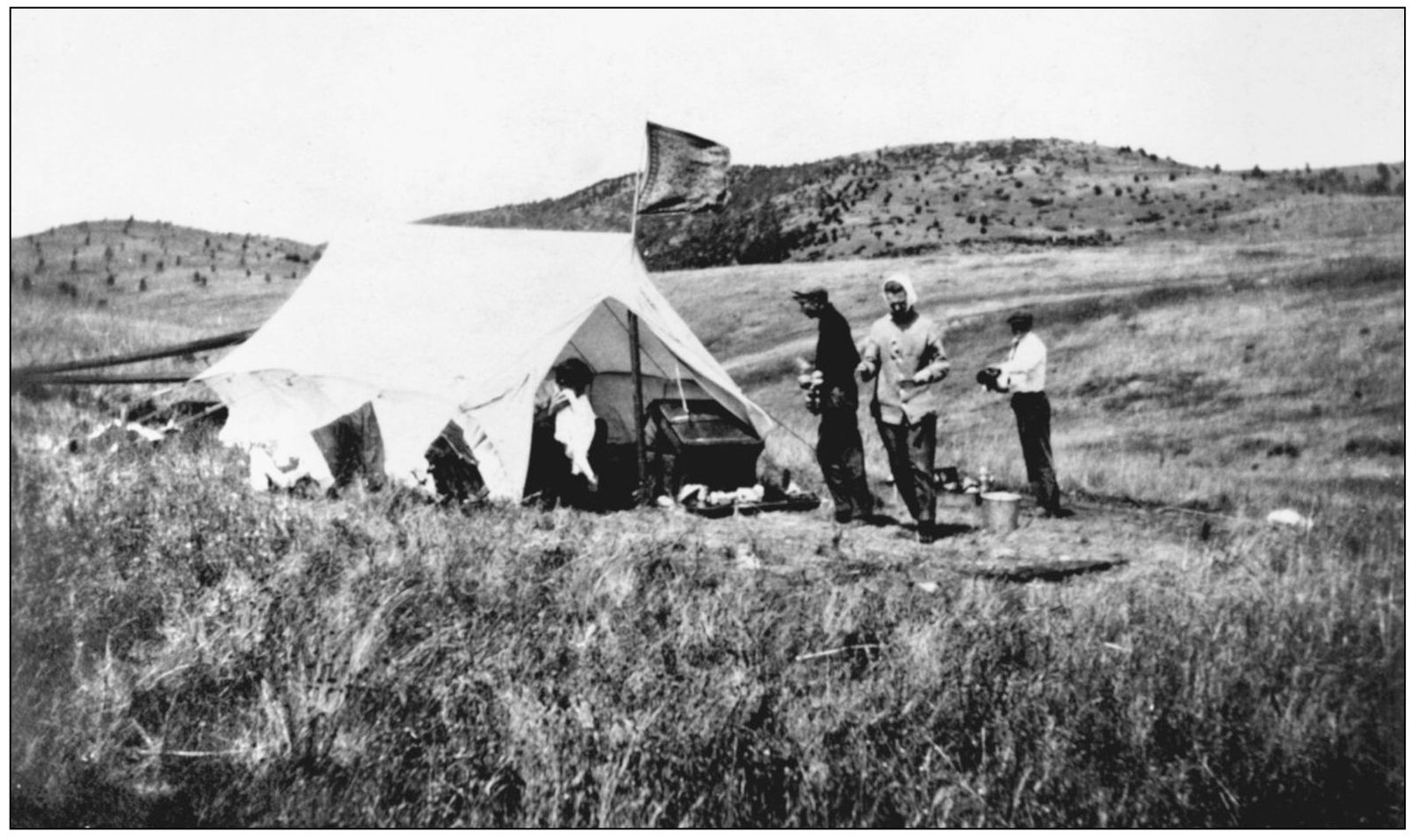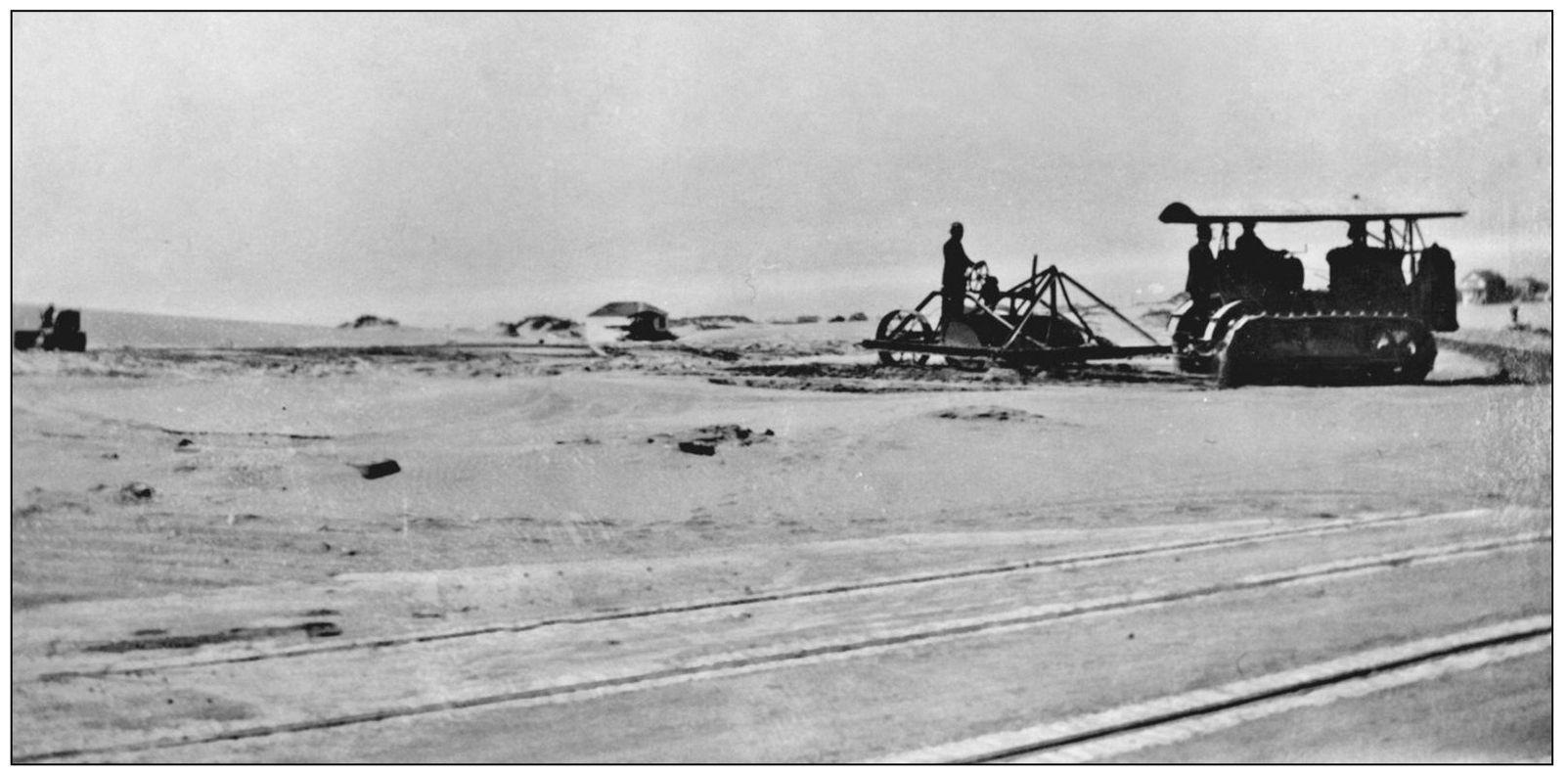One
WE USED TO LIVE IN THE AVENUES
For many Westlake home buyers, the Doelger experience did not start in Daly City. Almost like lemmings, a significant number had followed Americas Largest Home Builder south to nearby Daly City in the northwest corner of San Mateo County after having enjoyed Doelger-built homes in San Franciscos Sunset District. For years, we used to live in the Avenues was a popular phrase used by early-on Westlake homeowners. Doelger, of course, welcomed these second-time purchasers.
Some of the first Westlake home purchasers had been friendly with Doelger years before he entered the home construction business. The I knew him when people were proud to boast of their long acquaintance with him. He had become a millionaire several times over, and his aura of success was enjoyed vicariously by close and casual friends alike. Some might have purchased bread or pies from the German bakery owned by Doelgers parents. Some might have searched with the 10-year-old through piles of rubble created by the 1906 earthquake and fire to find items that could be sold to junk men and metal recyclers.
After the 1906 earthquake and fire in San Francisco, the Sunset provided a haven for people seeking less crowded neighborhoods and streets than those in the bustling and vibrant inner city. They might have patronized the mom-and-pop grocery store then being operated in the Sunset by the elder Doelgers. They might have enjoyed the hot dogs and enchiladas Henry sold on a street corner near the entrance to Golden Gate Park during his late teens.
The Doelger saga of success in the sandy Sunset had started in 1922 when he parlayed $1,100 of venture capital into $25,000 two months later. Doelger had been tipped that a movie house would be built across the street from a certain lot and property values might soar. He bought the property. Prices did soar. Doelger was on his way to fame and fortune. He was 26 years old.
Years later, Doelger Estate manager Ed King would recall, When the 1929 Depression struck, the young realtor was stuck with land no one would buy. So he borrowed money and started building homes.
The sweet smell of success, or perhaps German strudel, might have wafted from ovens of this German bakery at Mason and Pacific Streets in San Francisco when this 1891 photograph of proprietors John and Julia Doelger and their family, including a pet dog, was taken. Five years later, the couple would welcome the birth of their second son. They would name him Henry.
Possibly prophetic was this cookout on San Mateo County coastal dunes in 1912, when Henry Doelger (right) and friends enjoyed fish cooked in a fire pit dug into the ground. Years later, Doelger would remark that the coastal dunes were to him what the Mississippi River was to Tom Sawyera place providing adventure, wonder, mystery, and dreams that might one day turn into reality.
Ocean-caught fish to fry were on the mind of young angler Henry Doelger in this 1912 photograph, taken during a San Mateo County coastal camping adventure with school chums. Thirty-five years later, Doelger would have larger fish to fry as he returned to the coastal sand dunes with his construction company to launch a massive project that would become Westlake, replacing acres of dunes in Daly City.
High-button shoes, wool caps, and St. Ignatius grammar school insignia were in vogue when Henry Doelger, Francis McDonald, George McMurto, and their instructor from San Francisco enjoyed a camping adventure on the San Mateo County coast. Because of financial reverses, Doelger was soon to become a school dropout to help support his family. His strong early-life work ethic would lead him to success in the future.
Tracks of the ill-fated Ocean Shore Railroad are shown in the foreground at a popular stop along the trains scenic San Mateo County coastal route. The OSRR would cease to operate in 1920. When this 1912 photograph was taken, Doelger (second from left) and his friends could never have foreseen that the OSRR and Doelgers development of Westlake would bring his company and the line into a court confrontation in 1956 regarding a right-of-way dispute.
Camping out in the windy West was tall teenager Henry Doelger, wearing the black sweater, and his friends. The tent with an ad hoc flag flapping in the breeze might have been a distant forerunner to thousands of dwellings of a more substantial nature that Doelger would build near the coastlines of San Francisco and San Mateo Counties. In the 1950s, a much larger Westlake flag would catch north county winds.
Grading for the first development of Doelger Built Homes in the Sunset started in 1925 with leveling of sand dunes between Judah and Kirkham Streets and between Thirty-ninth and Fortieth Avenues. Doelger was to construct 71 homes on this site. Streetcar tracks in the foreground were for the Judah line, which was not running at the time. Earlier-built homes, not by Doelger, may be seen on either side of the tractor-grader rig.

